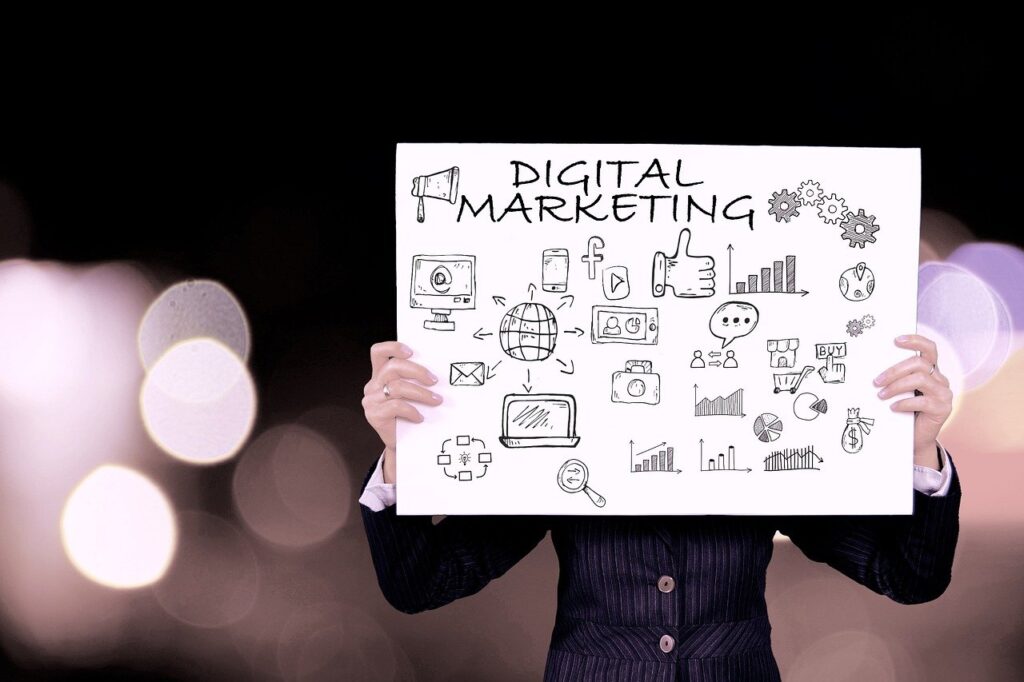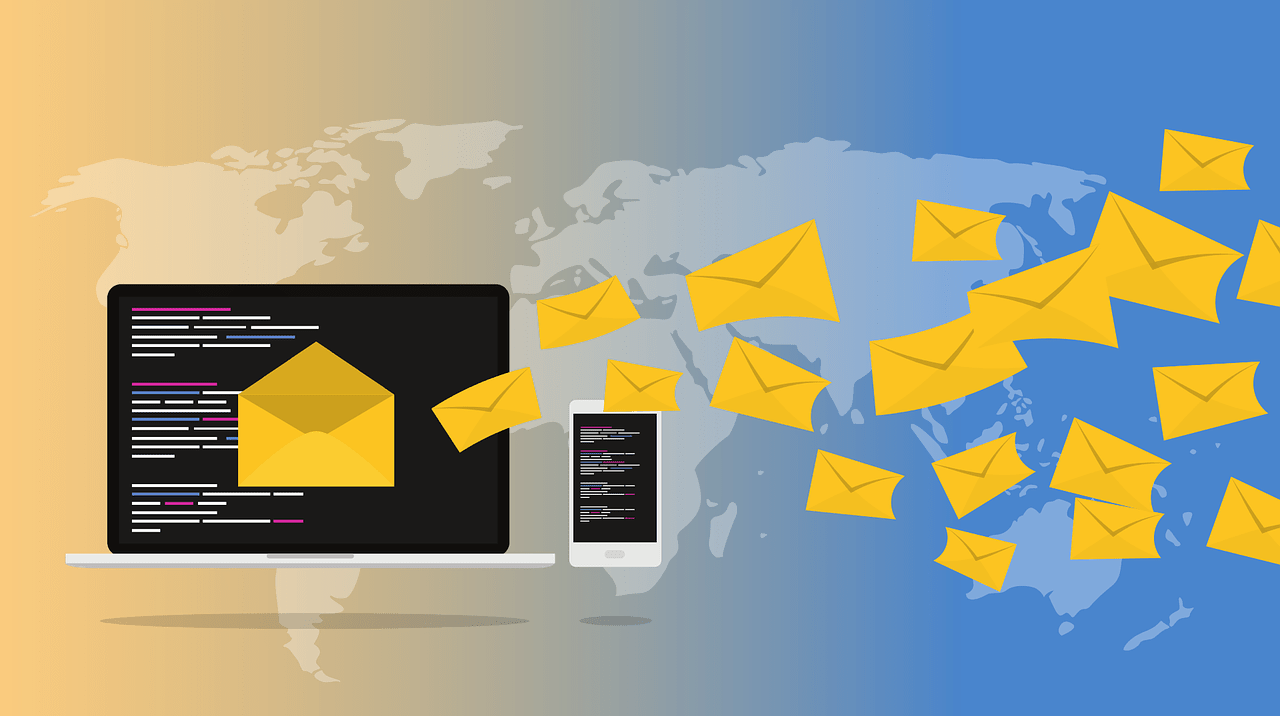Identifying Your Goals
When creating an effective social media strategy, the first step is to clearly identify your goals. What do you hope to achieve through your social media channels? Is it increased brand awareness, lead generation, customer engagement, or a combination of these? By defining your objectives, you can tailor your strategy to meet these specific goals.
Start by Setting SMART Goals
To ensure that your goals are specific, measurable, achievable, relevant, and time-bound, consider setting SMART goals. For example, instead of saying you want to increase brand awareness, a SMART goal would be to increase your Instagram followers by 20% within the next six months. This way, you have a clear target to aim for and can track your progress over time.
Knowing Your Audience
Another crucial aspect of creating an effective social media strategy is understanding your audience. Who are your target customers? What are their demographics, interests, pain points, and preferences? By gaining insights into your audience, you can create content that resonates with them and drives engagement.
Conduct Audience Research
To better understand your audience, consider conducting thorough audience research. This can involve analyzing your existing followers, using social media analytics tools to gather data, and even conducting surveys or interviews with your target customers. By knowing who you are speaking to, you can tailor your content to meet their needs and preferences.
Choosing the Right Platforms
Not all social media platforms are created equal, and it’s essential to choose the right ones for your brand. Each platform has its own strengths, demographics, and best practices, so it’s crucial to select the ones that align with your goals and audience.
Consider Your Target Audience
When selecting social media platforms, consider where your target audience spends their time online. For example, if you are targeting a younger demographic, platforms like Instagram and TikTok may be more effective. On the other hand, if you are targeting professionals, platforms like LinkedIn may be a better fit. By choosing the right platforms, you can reach your target audience where they are most active.

Developing Engaging Content
Creating engaging content is key to a successful social media strategy. Your content should be valuable, relevant, and visually appealing to capture the attention of your audience. Whether it’s videos, images, infographics, or blog posts, make sure your content is engaging and encourages interaction.
Experiment with Different Content Types
To keep your audience engaged, consider experimenting with different types of content. For example, you could try posting videos, hosting live streams, running contests, or sharing user-generated content. By diversifying your content, you can keep your audience interested and drive more engagement on your social media channels.
Establishing a Consistent Voice and Tone
Consistency is key when it comes to social media branding. Your voice and tone should reflect your brand identity and resonate with your audience. Whether you choose to be playful, informative, or inspirational, make sure your messaging is consistent across all your social media channels.
Create Brand Guidelines
To maintain a consistent voice and tone, consider creating brand guidelines for your social media channels. These guidelines can include information on your brand’s personality, values, and messaging styles. By following these guidelines, you can ensure that your social media content is cohesive and aligns with your overall brand image.

Implementing a Content Calendar
A content calendar is a useful tool for planning and scheduling your social media content in advance. By mapping out your posts, you can ensure a consistent posting schedule, avoid last-minute scrambling, and maintain a cohesive content strategy.
Plan Your Content in Advance
When creating a content calendar, consider planning your content in advance. This can involve outlining your content themes, brainstorming post ideas, and scheduling posts for specific dates and times. By planning ahead, you can stay organized, maintain a consistent posting schedule, and ensure that your content aligns with your overall social media strategy.
Monitoring and Measuring Results
Once you’ve implemented your social media strategy, it’s essential to monitor and measure your results regularly. By tracking key metrics, you can assess the effectiveness of your strategy, identify areas for improvement, and make data-driven decisions to optimize your social media efforts.
Track Key Performance Indicators (KPIs)
To measure the success of your social media strategy, track key performance indicators (KPIs) such as engagement rate, click-through rate, conversion rate, and follower growth. By monitoring these metrics, you can gauge the performance of your social media campaigns and make informed decisions to enhance your strategy.

Adapting and Evolving Your Strategy
Finally, remember that social media is constantly evolving, and it’s essential to adapt and refine your strategy over time. Stay updated on the latest trends, listen to feedback from your audience, and be willing to experiment with new approaches to keep your social media strategy fresh and effective.
Stay Flexible and Open to Change
To stay ahead in the ever-changing social media landscape, stay flexible and open to change. Be willing to adjust your strategy based on new insights, trends, and feedback, and continue to refine your approach to meet the evolving needs of your audience. By staying adaptable, you can ensure that your social media strategy remains relevant and impactful in the long run.
In conclusion, creating an effective social media strategy requires careful planning, audience insights, engaging content, consistent branding, strategic implementation, and continuous evaluation. By following these steps and staying committed to your goals, you can develop a successful social media strategy that drives results for your brand. Remember to stay authentic, listen to your audience, and be willing to adapt to stay ahead in the dynamic world of social media.




